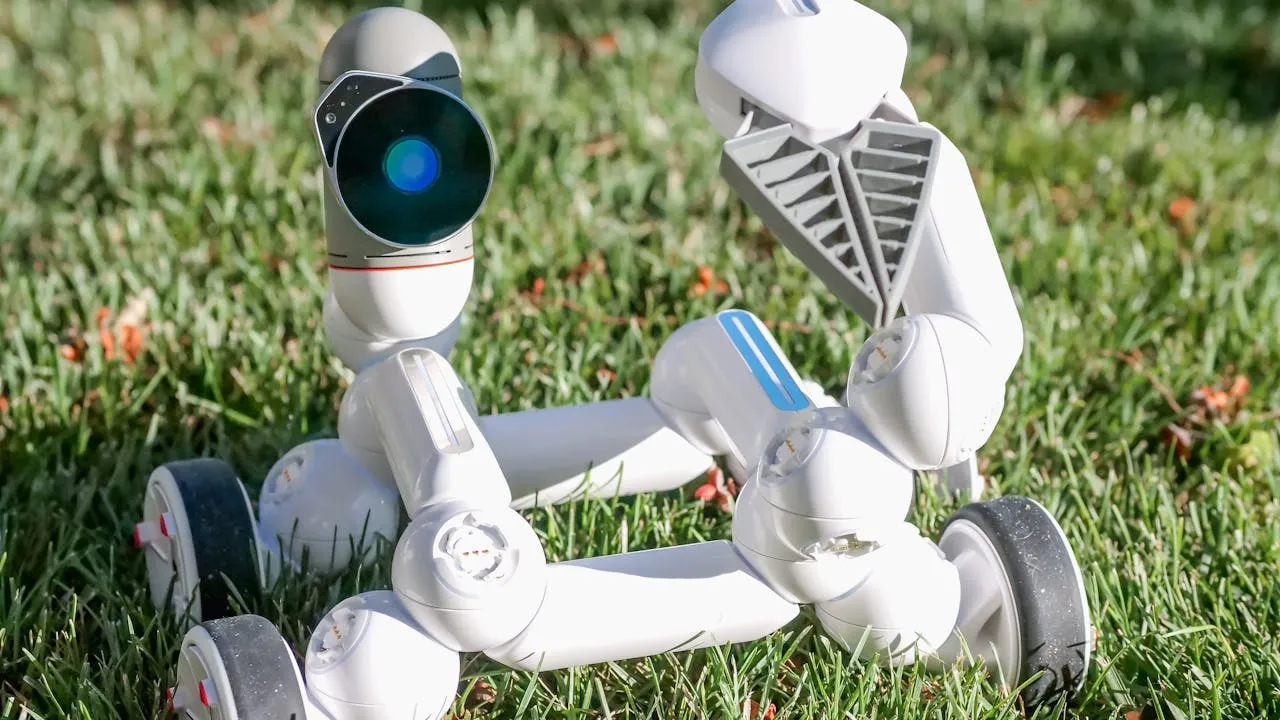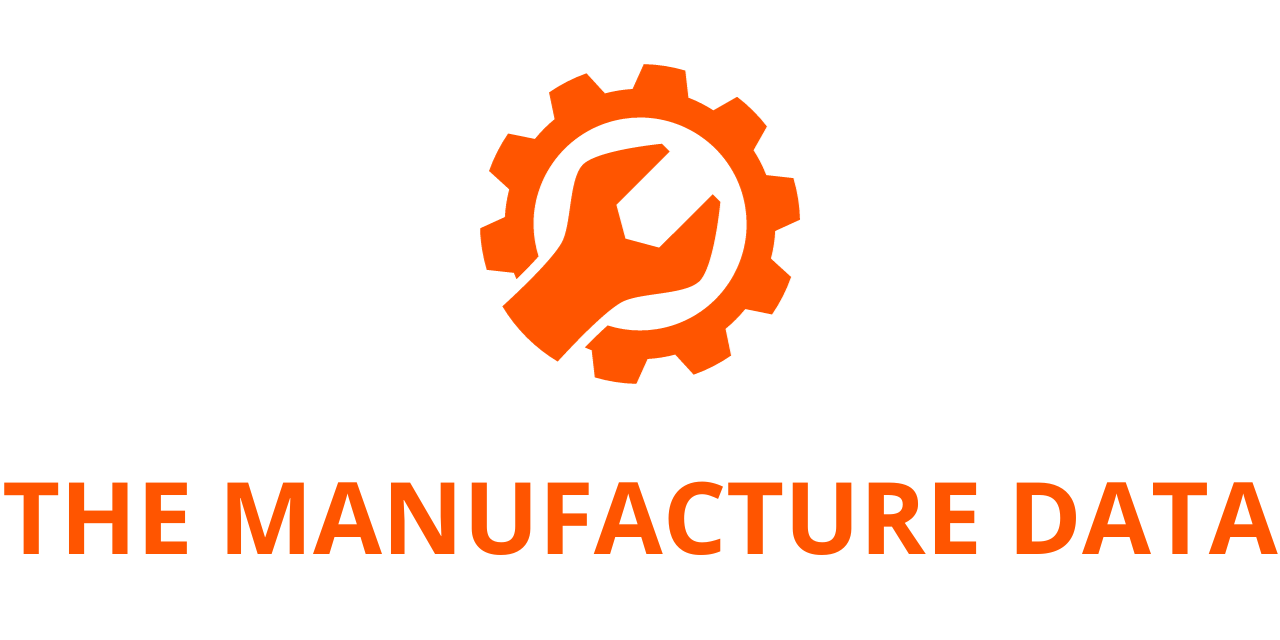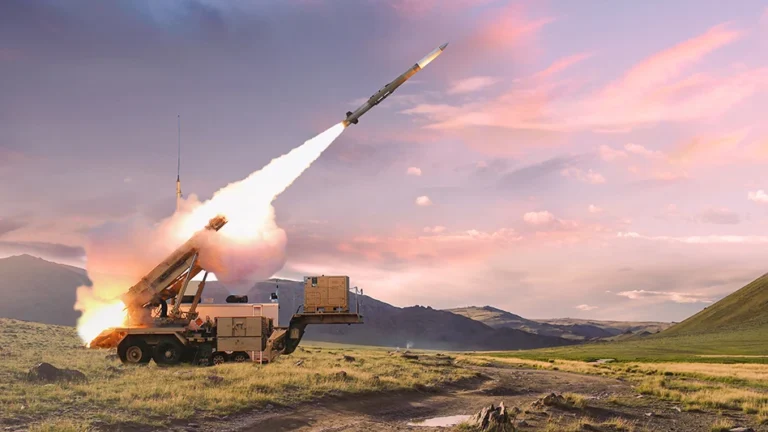
Hyundai Motor Company and Kia Corporation have introduced the ‘X-ble Shoulder,’ a groundbreaking wearable robot designed to enhance workplace efficiency while reducing the risk of musculoskeletal injuries. Showcased at Wearable Robot Tech Day at Hyundai Motorstudio Goyang near Seoul, the X-ble Shoulder represents a significant step forward in wearable robotics.
Revolutionizing Wearable Technology
The X-ble brand name, combining “X” for limitless potential and “able” for capability, signals a bold vision for wearable robotics. The X-ble Shoulder is the first product in the series, engineered by Hyundai and Kia’s Robotics LAB. It supports upper arm muscles during tasks requiring sustained overhead arm movement, alleviating strain on the upper body and improving worker safety.
Targeting industries such as construction, shipbuilding, aviation, and agriculture, Hyundai and Kia plan to launch the X-ble Shoulder in domestic markets first, followed by a gradual expansion into global markets.
Future Additions to the X-ble Line
Building on the X-ble Shoulder, Hyundai and Kia have plans for additional wearable robots, including:
- X-ble Waist: Designed to support the lower back when lifting heavy objects.
- X-ble MEX: Aimed at assisting mobility rehabilitation for individuals with walking impairments.
Cutting-Edge Features for Safety and Usability
The X-ble Shoulder reduces shoulder strain by up to 60% and deltoid muscle activity by 30%, enhancing worker comfort and productivity. Constructed from lightweight carbon composite materials and impact-resistant components, the device ensures durability and safety even during prolonged use.
Key design features include:
- Battery-Free Operation: The assistive force is generated through a patented, non-powered torque system, eliminating the need for charging.
- Modular Design: Detachable, washable components and compatibility with standard work attire improve ease of use.
- Customizable Fit: Adjustable length and arm movement support allow for optimal comfort across various work tasks.
- Performance Durability: Engineered to handle up to 700,000 movements annually in industrial settings.
Two versions are available: a basic model for dynamic tasks and an adjustable version for repetitive work, offering assistive force levels of up to 2.9 kgf and 3.7 kgf, respectively.
User-Informed Development Process
The X-ble Shoulder underwent extensive user testing from 2022 to 2024, with input from 300 workers and health managers across Hyundai and Kia facilities. Suggestions around comfort, ease of use, and cleaning were incorporated into its design.
Market Potential and Expansion Plans
The wearable robotics market is projected to grow from $2.55 billion in 2024 to $10.25 billion by 2029, with a CAGR of 32.05%. With no clear leader in the market, Hyundai and Kia aim to establish a strong foothold.
Initial deployments will focus on Hyundai and Kia’s production and maintenance teams, with broader domestic and international rollouts planned for 2026. Industries such as construction, shipbuilding, and agriculture are prime targets for future expansion.
Commercial Availability and Consulting Services
The X-ble Shoulder will be available in limited quantities for corporate customers starting in 2025. Hyundai and Kia’s Robotics LAB also offer consulting services, including:
- Process Analysis: Evaluating muscle and joint loads.
- Suitability Assessment: Determining the robot’s applicability using specific indicators.
Advancing Robotic Integration
Beyond wearable robots, Hyundai and Kia’s Robotics LAB has already implemented robotic solutions, such as delivery and EV charging robots, in Seoul’s Factorial Seongsu building. These efforts underscore the companies’ vision of creating environments where humans and robots collaborate seamlessly.
With the X-ble Shoulder and its future innovations, Hyundai and Kia are poised to redefine the role of robotics in enhancing productivity and improving quality of life.




